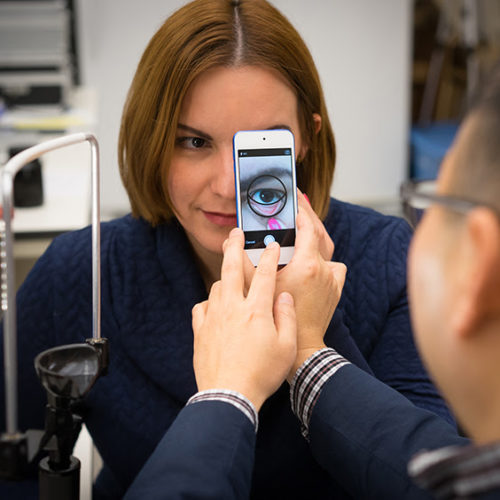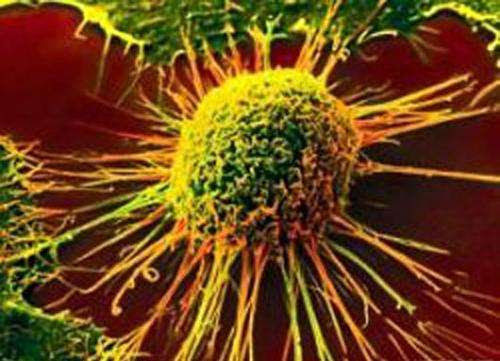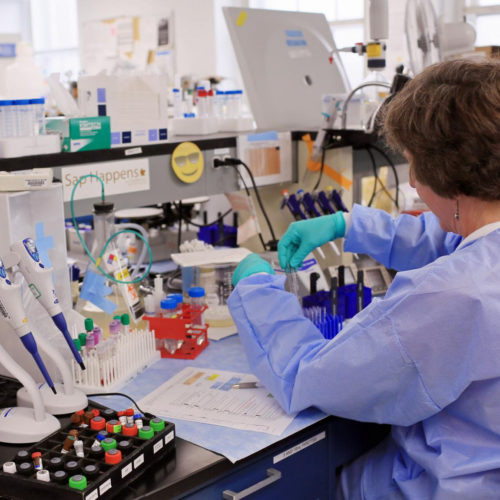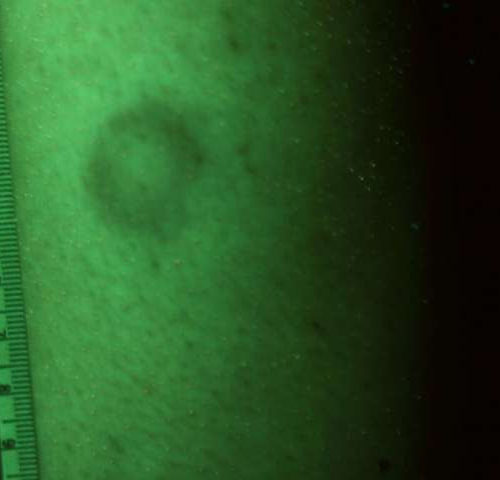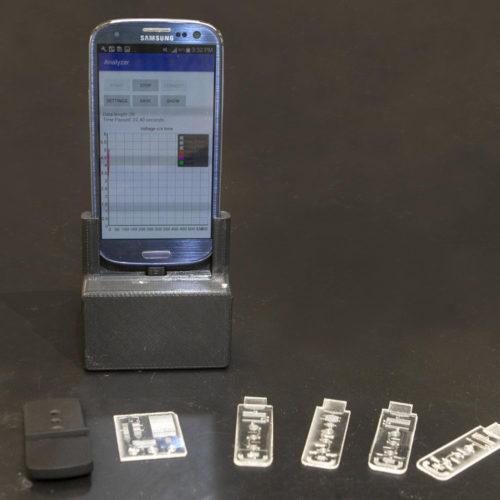Anemia is properly diagnosed using a blood test that measures hemoglobin, but simply looking behind a patient’s eyelid can be a pretty good alternative if you know how red the tissue is supposed to be. Now, a team at Purdue University has developed a technology that lets a clinician use smartphone pictures of the inner...
Tag: <span>diagnose</span>
Study suggests metastasis gets its start much earlier than thought
by Bob Yirka , Medical Xpress A team of researchers from Stanford University in the U.S. and Southern University of Science and Technology in China has found evidence that suggests metastasis of cancerous tumors may get its start much earlier than previously thought. In their paper published in the journal Nature Genetics, the group describes...
NEJM study shows drug saves lives of kids fighting deadly immune disease
CINCINNATI – After 20 years of trying, modern medicine remains unable to lower the roughly 40 percent mortality rate for the severe childhood immune disease called HLH (hemophagocytic lymphohistiocytosis), which damages vital organs and tissues. Now, researchers report in the New England Journal of Medicine treating patients with a new drug that saved kid’s lives...
Alternate light five times more effective in detecting bruises on victims of color
by Danielle Hawkins, George Mason University Bruise detection and diagnosis is currently conducted by sight, under regular light, and bruises are often difficult to see on victims of violence depending on their skin color and the age of their injury. As a result, individuals with dark skin tones are at a significant disadvantage in having...
New MDS subtype proposed based on presence of genetic mutation
In a special report published today in the journal Blood, an international working group of experts in myelodysplastic syndromes (MDS) proposes – for the first time – the recognition of a distinct subtype of MDS based on the presence of a nonheritable genetic mutation that causes the disease. The mutation is found in approximately one...
Researchers unravel protein mystery of three brain diseases
by KU Leuven Microscopic image of mouse neurons to which the patient-derived α-synuclein protein was administered. The protein deposits (green) form after seven days. Credit: Microscopy by Anke Van der Perren The accumulation of one particular protein in the brain is the basis of three very different age-related conditions. Until recently, nobody understood how this...
Portable lab you plug into your phone can diagnose illnesses like coronavirus
Smartphone lab delivers test results in ‘spit’ second UNIVERSITY OF CINCINNATI Engineers with the University of Cincinnati have created a tiny portable lab that plugs into your phone, connecting it automatically to a doctor’s office through a custom app UC developed. The lab the size of a credit card can diagnose infectious diseases such as...
Rapid gene signature test could diagnose serious conditions within two hours
by University of Liverpool The new approach could speed up diagnosis times for many serious conditions including pneumonia, tuberculosis, sepsis, meningitis, and inflammatory and immune diseases, to under two hours. The University of Liverpool is part of the landmark project, which is being led by Imperial College London and has been awarded a major EU...
It’s not epilepsy: Counseling helps those with misdiagnosed seizures
One of four patients admitted to hospitals for evaluation of seizures don’t have epilepsy but rather have a debilitating and difficult to diagnose condition known as psychogenic non-epileptic seizures, or PNES. Credit: stock.adobe.com Nearly 80 percent of these patients who suffer seizures not caused by altered electrical activity in the brain have been previously misdiagnosed as having epilepsy and prescribed...

